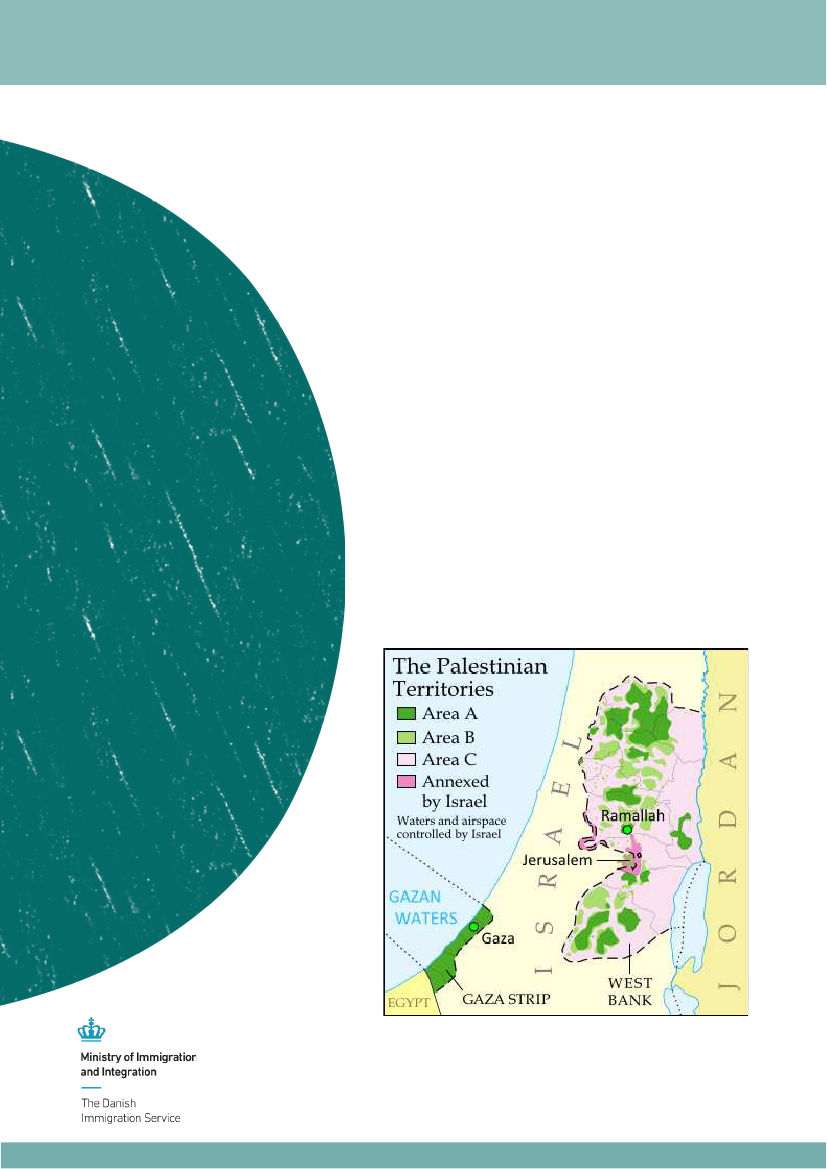
COUNTRY REPORT
COUNTRY OF ORIGIN INFORMATION (COI)
May 2019
Palestinians
Access and Residency for
Palestinians in the West Bank,
the Gaza Strip and East
Jerusalem
Report based on interviews conducted from
31 March to 4 April 2019 in Jerusalem,
Ramallah and Tel Aviv